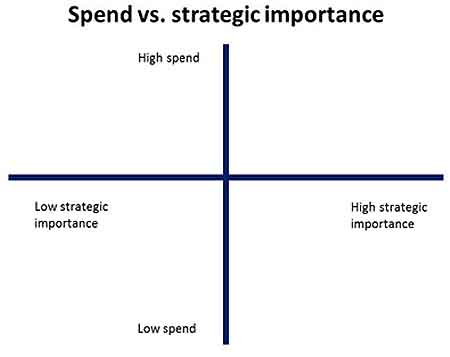Market Survey Highlights Advantages of Paper Sacks for Cement Fillers
According to new research published this past week, paper sacks benefit from lower total cost and higher filling speed than polyethylene form fill seal sacks.
A recent market research survey conducted by Innventia AB, a Swedish research and technology organization, has revealed that paper cement sacks offer considerable cost and efficiency advantages for fillers when compared with polyethylene form-fill-seal sacks. Another key finding of the study was that choice of sack system is considered by the majority of fillers to be of high strategic importance and high spend consideration.
Generally, companies buying products and services that account for significant spend and that are also strategically important are reluctant to switch to another supplier or system. A switch may take place but only after careful consideration or due to external influences, such as legislation, consumer or customer preferences, or taxation, over which they have little option or control.
Graphic: 70% of questionnaire respondents considered the choice of sack system to be of high strategic importance and high spend
Comparable performance in the supply chain
Although polyethylene sacks are perceived as providing greater strength and moisture resistance compared with paper sacks, the survey revealed that fillers find damage, product wastage, and spillage to be similar for both sack systems. This finding is particularly interesting in light of recent LCA studies promoting polyethylene sacks which suggest they have a lower environmental impact due to reduced product losses in the supply chain. This assertion does not match the experience of fillers. This finding also suggests that paper sacks are extremely fit-for-purpose and the greater strength and moisture protection offered by polyethylene is not required for the typical hazards encountered in the supply chain for cement.
Paper is seen as advantageous from an environmental perspective
The survey has also shown that environmental impact and environmental factors have limited influence over the fillers’ choice of sack or sack system. Nonetheless fillers recognize the paper pack system as advantageous from an environmental perspective, noting that they are manufactured from renewable materials.
Room for some improvement
There are some areas where paper sacks can improve. As well as providing greater strength and moisture resistance compared with paper sacks, the study revealed that fillers perceive polyethylene as advantageous in terms of dust and cleanliness. Solutions for strong and moisture resistant paper sacks are already available, but along with dust and cleanliness, these are important parameters for fillers and paper sack manufacturers can continue to focus future innovation efforts in these areas.
TAPPI
http://www.tappi.org/

